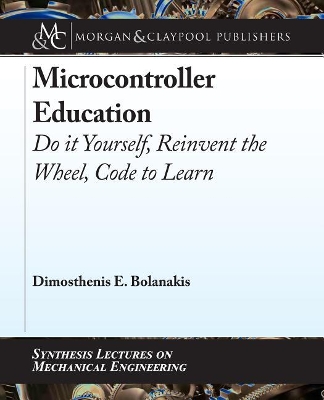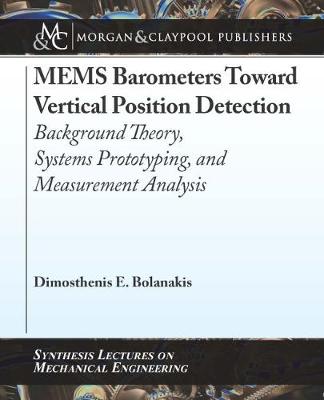Synthesis Lectures on Mechanical Engineering
3 total works
Microcontroller education has experienced tremendous change in recent years. This book attempts to keep pace with the most recent technology while holding an opposing attitude to the No Need to Reinvent the Wheel philosophy. The choice strategies are in agreement with the employment of today's flexible and low-cost Do-It-Yourself (DYI) microcontroller hardware, along with an embedded C programming approach able to be adapted by different hardware and software development platforms. Modern embedded C compilers employ built-in features for keeping programs short and manageable and, hence, speeding up the development process. However, those features eliminate the reusability of the source code among diverse systems. The recommended programming approach relies on the motto Code More to Learn Even More, and directs the reader toward a low-level accessibility of the microcontroller device. The examples addressed herein are designed to meet the demands of Electrical & Electronic Engineering discipline, where the microcontroller learning processes definitely bear the major responsibility. The programming strategies are in line with the two virtues of C programming language, that is, the adaptability of the source code and the low-level accessibility of the hardware system.
Micro-Electro-Mechanical-Systems (MEMS) sensors constitute perhaps the most exciting technology of our age. The present effort incorporates all the information needed byscientists and engineers who work on research projects and/or product systems, which apply to air pressure acquisition and to its rearrangement into altitude data. Some of the potential implementations of this method (regularly referred to as barometric altimetry) include, but are not limited to, Position Location Application, Navigation Systems, Clinical Monitoring Applications, and Aircraft Instrumentation.
This book holds the key to such applications, providing readers with the theoretical basis as well as the practical perspective of the subject matter. At first, the reader is introduced to the background theory, methods, and applications of barometric altimetry. Thereafter, the book incorporates the development of wireless barometers and a (real time monitoring) wireless sensor network system for scheduling low-cost experimental observations. Finally, a deepened understanding to the analysis procedure of pressure measurements (using Matlab script code) is performed.
This book holds the key to such applications, providing readers with the theoretical basis as well as the practical perspective of the subject matter. At first, the reader is introduced to the background theory, methods, and applications of barometric altimetry. Thereafter, the book incorporates the development of wireless barometers and a (real time monitoring) wireless sensor network system for scheduling low-cost experimental observations. Finally, a deepened understanding to the analysis procedure of pressure measurements (using Matlab script code) is performed.


